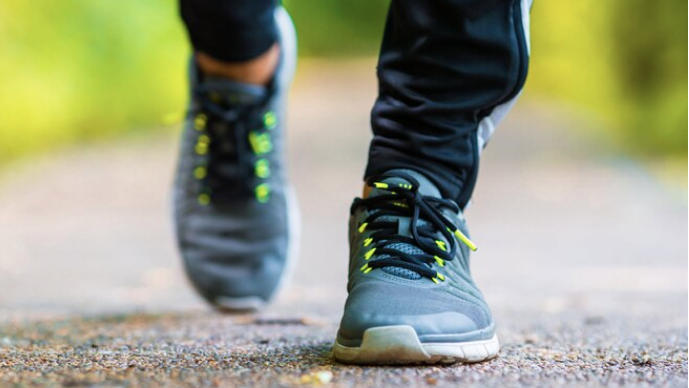
A group of Dutch and Belgian researchers have started looking into that question. Using simulations, they evaluated the slipstream of walkers, runners, and bikers. That’s the trail of saliva, potentially filled with virus, they leave behind. When a fellow walker, runner, or biker breathes, sneezes or coughs, particles stay behind, creating a cloud of droplets.
According to these researchers, the level of risk could depend on where you are in relation to the other person. They believe that the risk is greatest when you’re directly behind someone – less so if you’re running side-by-side or behind and diagonal. The bottom line, according to these researchers, is that 6 feet may not be enough since you could run, walk, or bike through someone’s slipstream of virus before it lands to the ground.
Based on their estimates, if you’re walking behind someone, you should be at least 12 to 15 feet away. For running and slow biking, keep at least 30 feet between you and them, and for hard biking at least 60 feet.
